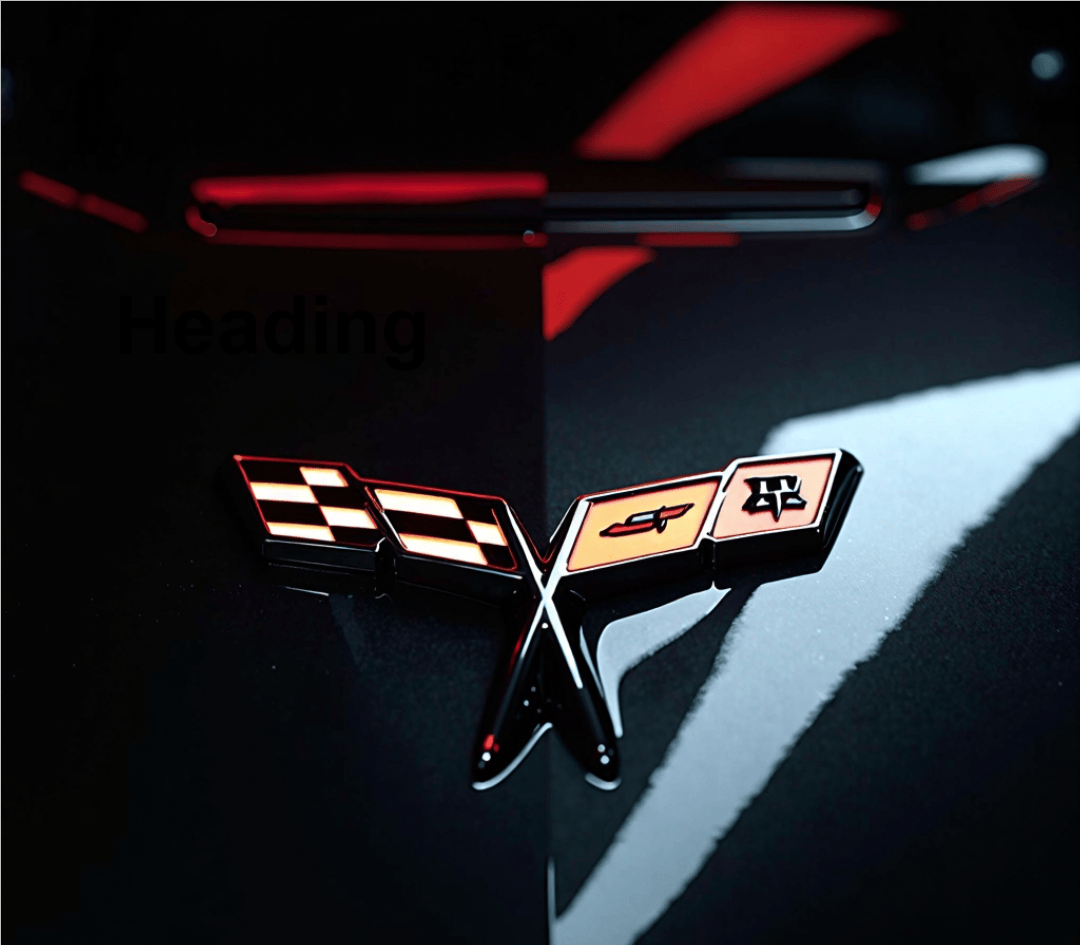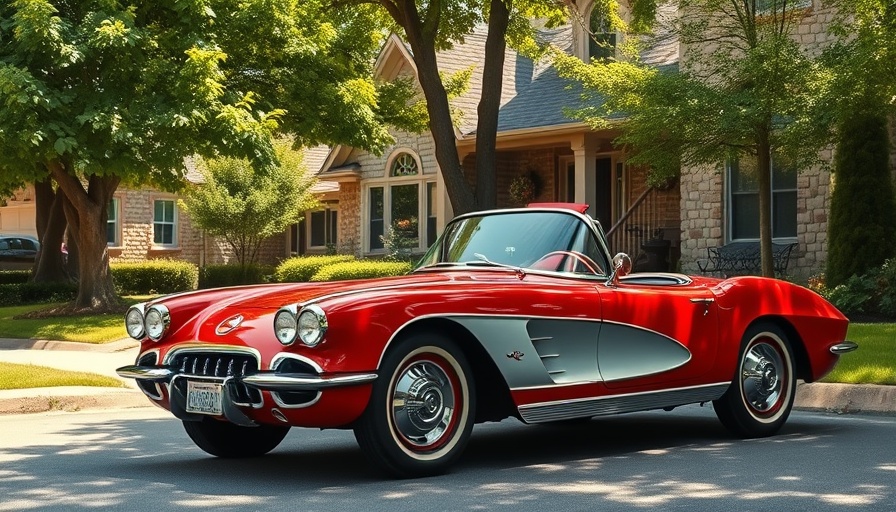
The Genesis of the 1968 Astro II
Before the renowned C8 Corvette Stingray, General Motors (GM) embarked on a bold venture into mid-engine design with the concept cars of the late 1960s. One standout in this lineage was the 1968 Astro II, the first true mid-engine Corvette prototype. While it never saw mass production, its innovative engineering and design set a precedent for future Corvette models. The Astro II was originally known as XP-880, and its creation was driven by a desire to push the boundaries of what a production sports car could be.
Engineering Innovations and Designs
Spearheaded by Frank Winchell, Chevrolet’s R&D head, the Astro II featured advanced engineering of the time. With Larry Nies’ engineering prowess, the car was equipped with a formidable 427 cubic inch V8 engine producing 400 horsepower, mounted in a unique position to optimize space. Renowned designer Larry Shinoda left his mark with the 'coke-bottle' design and smooth fender flares, blending both style and function. The interior bore resemblance to the third-generation Corvette, though it opted for a more integrated body design without the iconic chrome bumpers.
The Legacy of the Astro II
Ultimately, the Astro II did not make it to production due to prevailing market confidence in the C3 Corvette’s sales. Nevertheless, the Astro II remains a pivotal Corvette concept, celebrated for its groundbreaking design and engineering expertise, and is currently showcased at the National Corvette Museum, representing a significant chapter in Corvette’s storied history.
A Glimpse into Corvette’s Innovative Past
Understanding the history of the Astro II offers insight into how past innovations shaped today's Corvette designs. It underscores the evolution of Corvette's engineering prowess and styling cues, influencing later models. Visitors to the National Corvette Museum can see firsthand how this unique concept played a role in Corvette's journey toward becoming the mid-engine marvel it is today.
 Add Row
Add Row  Add
Add 




Write A Comment